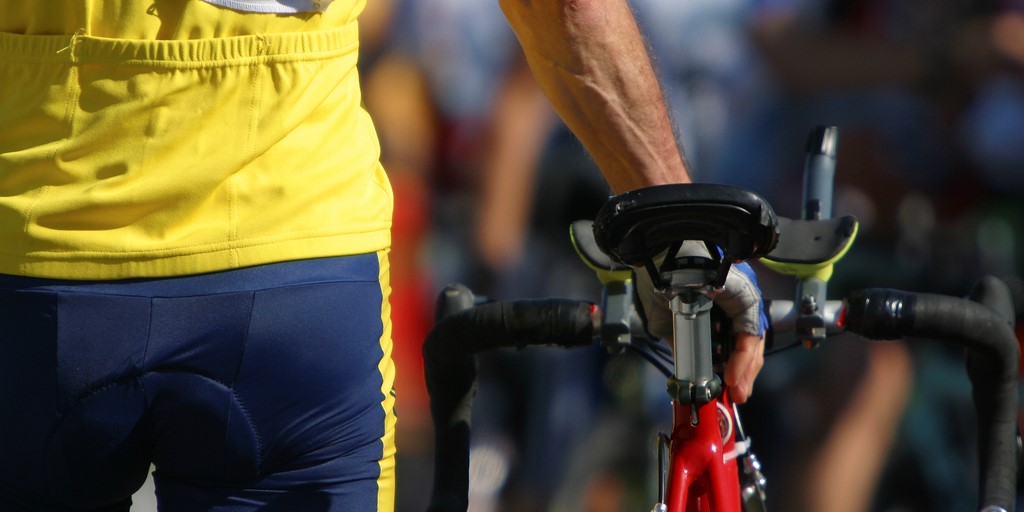

There isn’t a cyclist in the world that hasn’t experienced some sort of pain in the backside whilst out cycling. It isn’t fun.
But it’s not just the pain and discomfort that causes a problem. If left untreated, it can turn into abrasions and saddle sores, possibly resulting in a lengthy period off the bike.
Usually, there is a reason why you are feeling sore down below. It could simply be that your bum is not currently conditioned enough to withstand the pressures being placed upon it. Or it could be a tiny spot, bruise or abrasion that is causing pain. Whatever it is, you need to find out what’s going on.
What you must remember is that sores are a cause of bruising, pressure and pinching of the skin. A lot of medical experts state that saddle sores are boils caused by skin bacteria that invade surface abrasions, a reason why it’s so important to always have a clean pair of bib shorts when cycling.
In almost every case, the best form of treatment is prevention. Here are the 10 best ways to avoid saddle sores:
1. Clean pair of bib shorts
Bacteria helps develop saddle sores. They thrive in moist conditions, so you want to limit the chances of germs spreading. This is best achieved through clean, dry shorts.
2. Comfort is important
Money talks in the world of bib shorts and you get what you pay for. A good pair of bib shorts will have a comfortable chamois sewn into them, reducing the pressure placed on your backside. They will also allow breathing, which will help minimise sweating, and are made of modern synthetics that won’t cause friction or abrasions.
3. Chamois cream
If an area is particularly sore, chamois cream will help cushion your bum and reduce friction. Chamois cream isn’t for everybody, and some products may cause certain skin reactions. So try a few before you commit to one.
4. Keep still
Forever shuffling around on your saddle will create friction that may result in abrasions. Try and keep still when on the bike, maintaining a smooth pedal action.
5. Stand
Standing up on your pedals occasionally will give your bum a much-needed break. It will also allow air to circulate, keeping you cool and minimising sweating.
6. Bike fit
An ill-fitting bike will contribute to saddle sores. For example, a bike that is too big, which causes you to stretch in order to complete a pedal stroke, will put a tremendous amount of pressure on your bottom. If your saddle is leaning too far forwards or back, it will again create forces that may pinch and break the skin. Stretching for the handlebars will also create tension in your bib shorts, increasing the risk of saddle sores. Get your bike fitted so you are sitting comfortably on the bike.
7. Get out of your clothes
After any ride, you should jump out of your cycling kit and into warm, clean clothes. Sitting around in your bib shorts encourages bacteria to grow and find their ways into any abraded skin.
8. Keep your bib shorts dry
Once you have washed your bib shorts, it’s important they are completely dry before wearing them. If they are wet, your bib shorts will turn sweaty very quickly.
9. The right saddle
The saddle is one of the most important components of the bike: it’s one of only a few parts on the bike that is constantly in touch with your body. It’s really important to have a saddle that is comfortable to sit on. Try out a few before you buy one, as there are a number of saddles to choose from with varying styles and designs. And remember, a saddle with the most padding doesn’t mean it’s the most comfortable. Extra padding could in fact create more pressure between your backside, the chamois and the saddle.
10. If you feel something, stop
If you can feel a spot or boil developing in your bib shorts, then stop, and take a couple of days off the bike. It should settle down within this time. If you carry on riding, it will develop the issue further.
Please note the information provided on this page should not be taken as advice and has been written as a matter of opinion. For more on insurance cover and policy wording, see our homepage.
